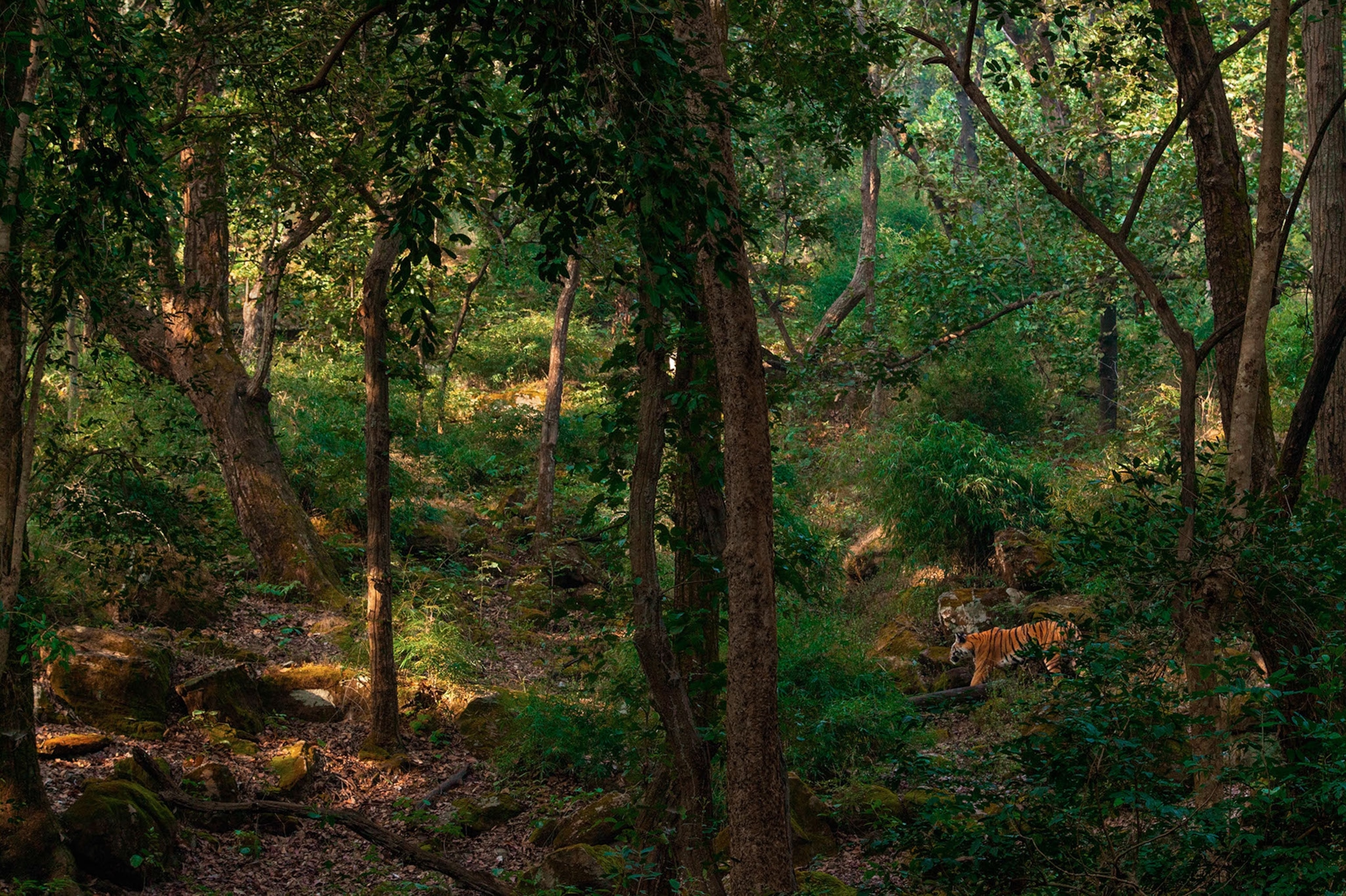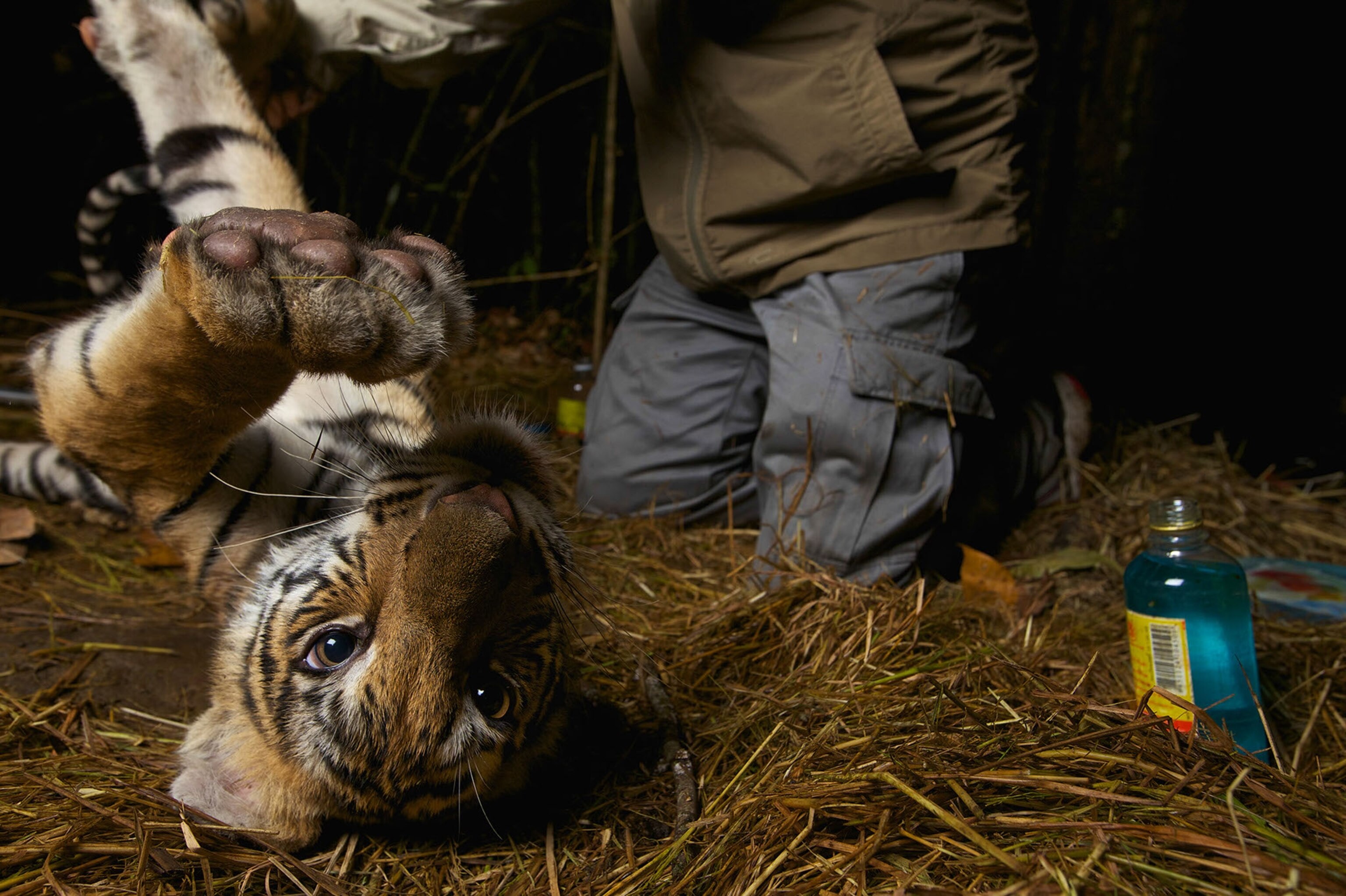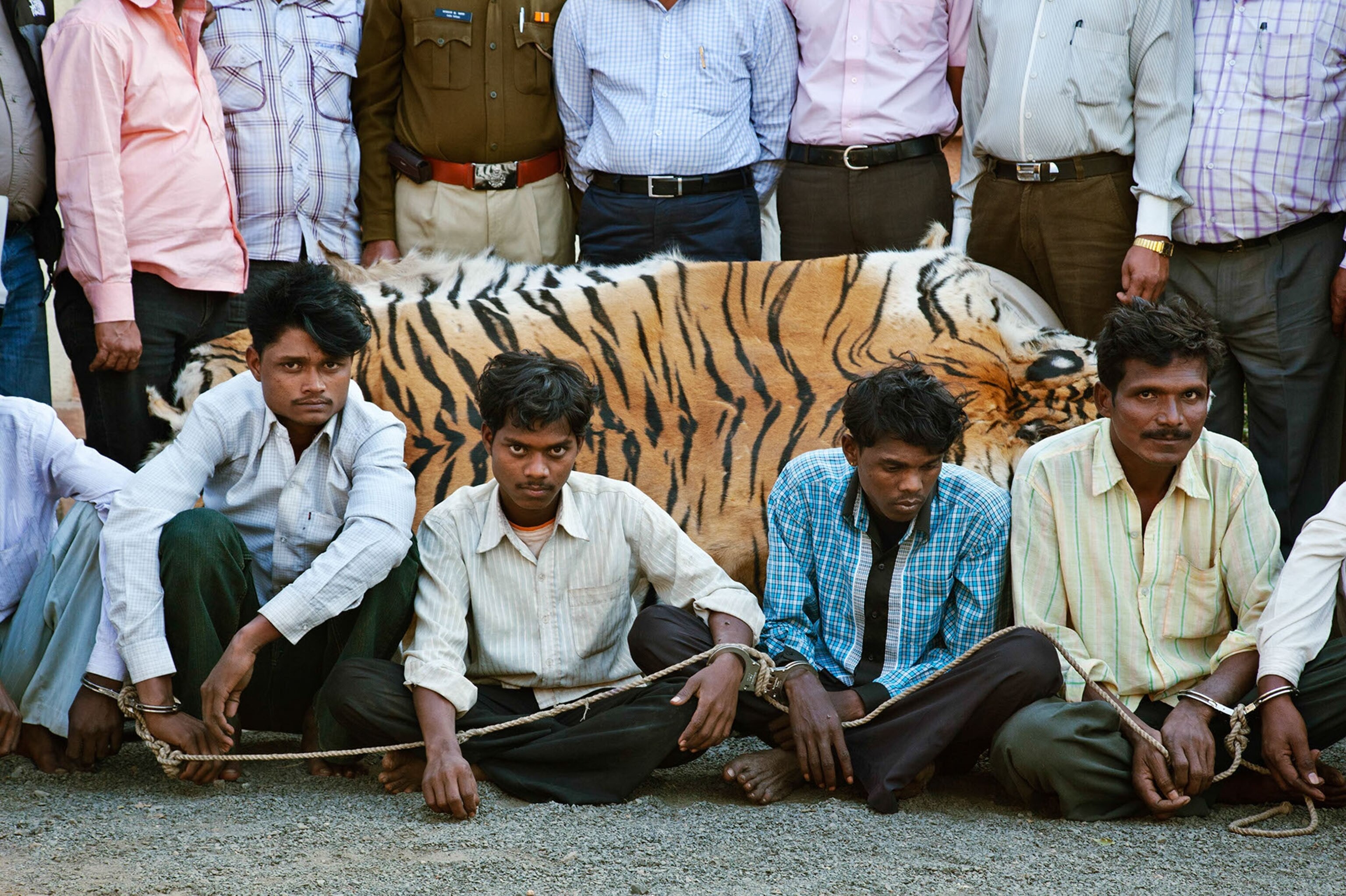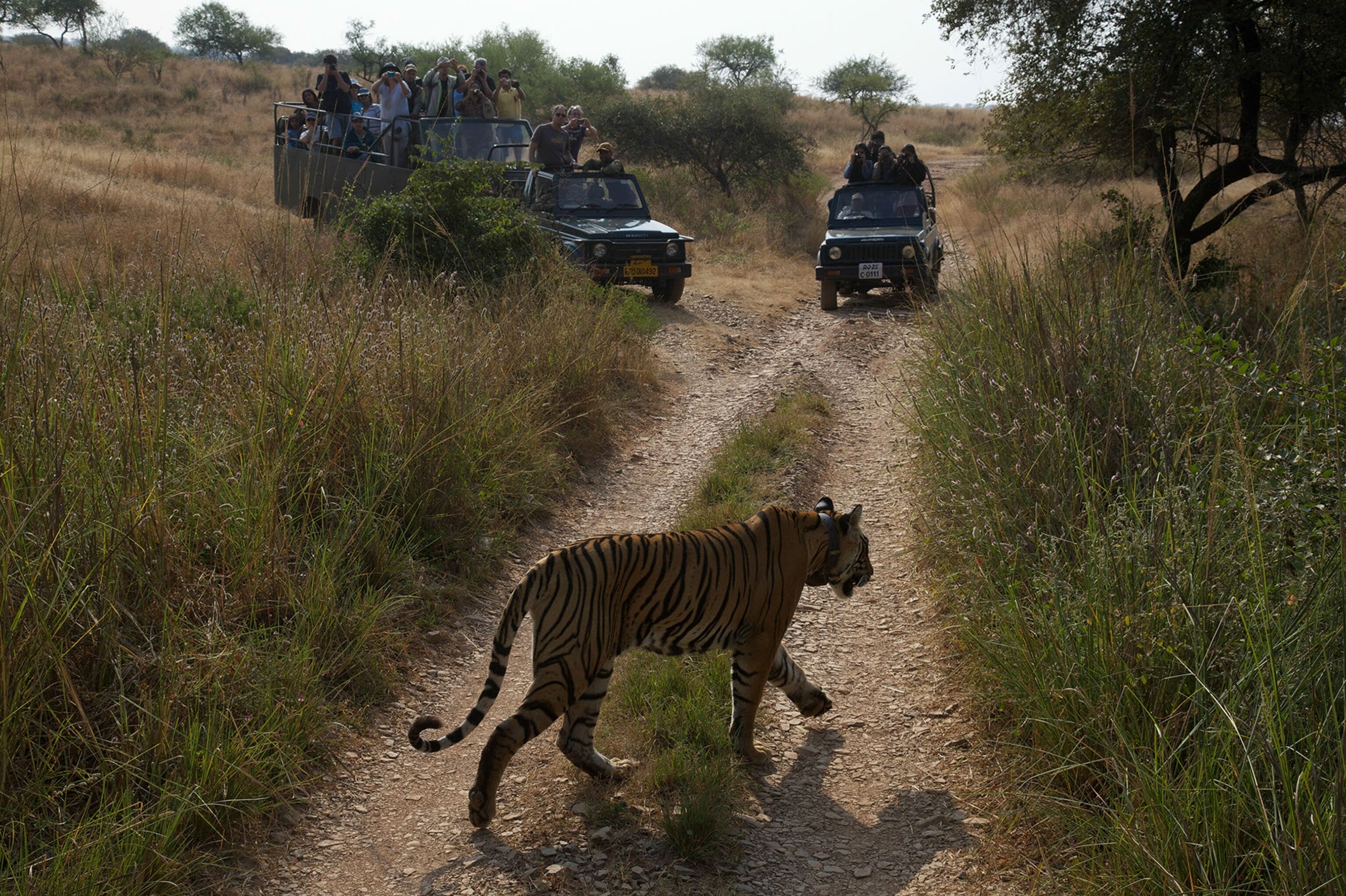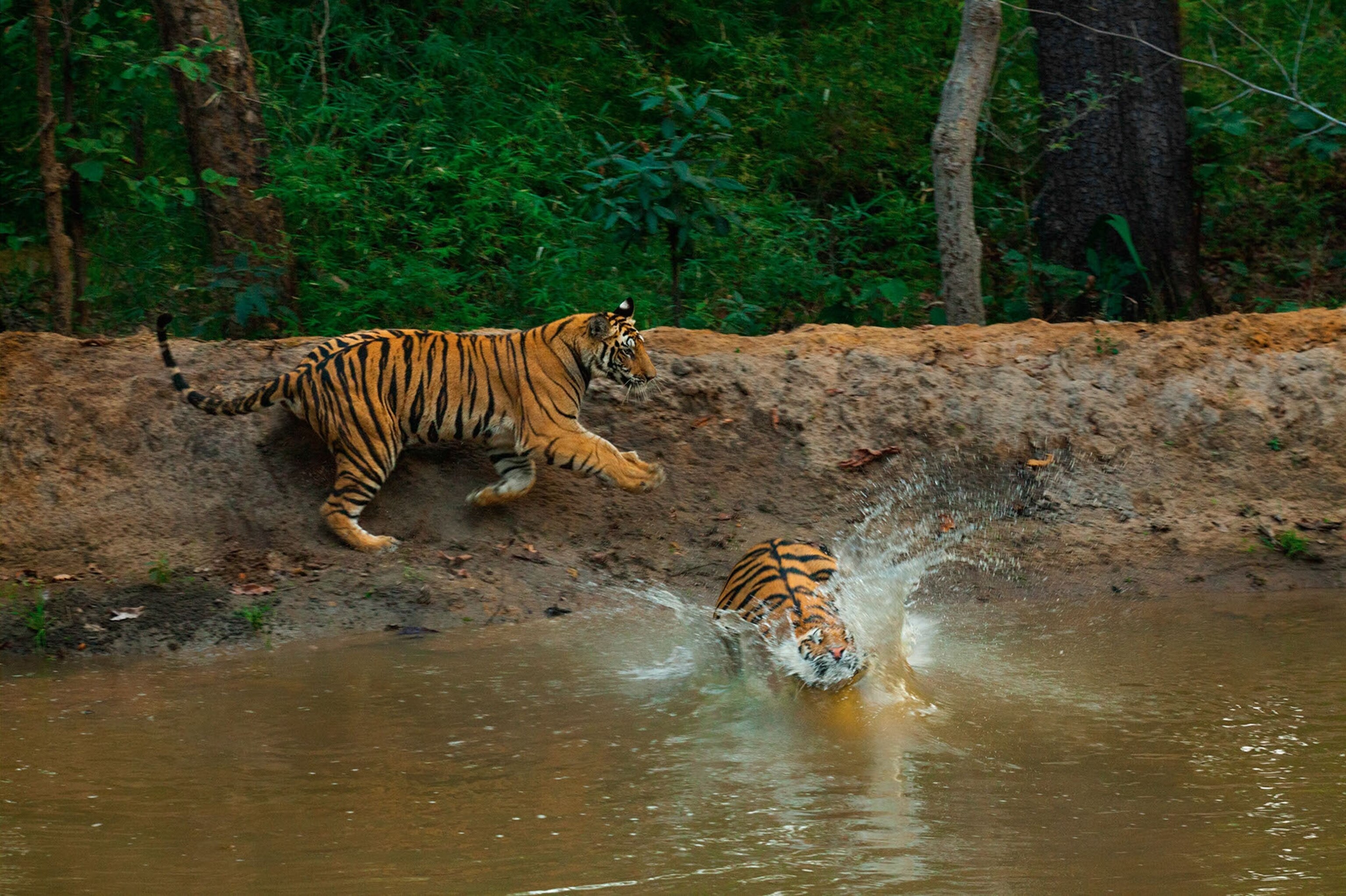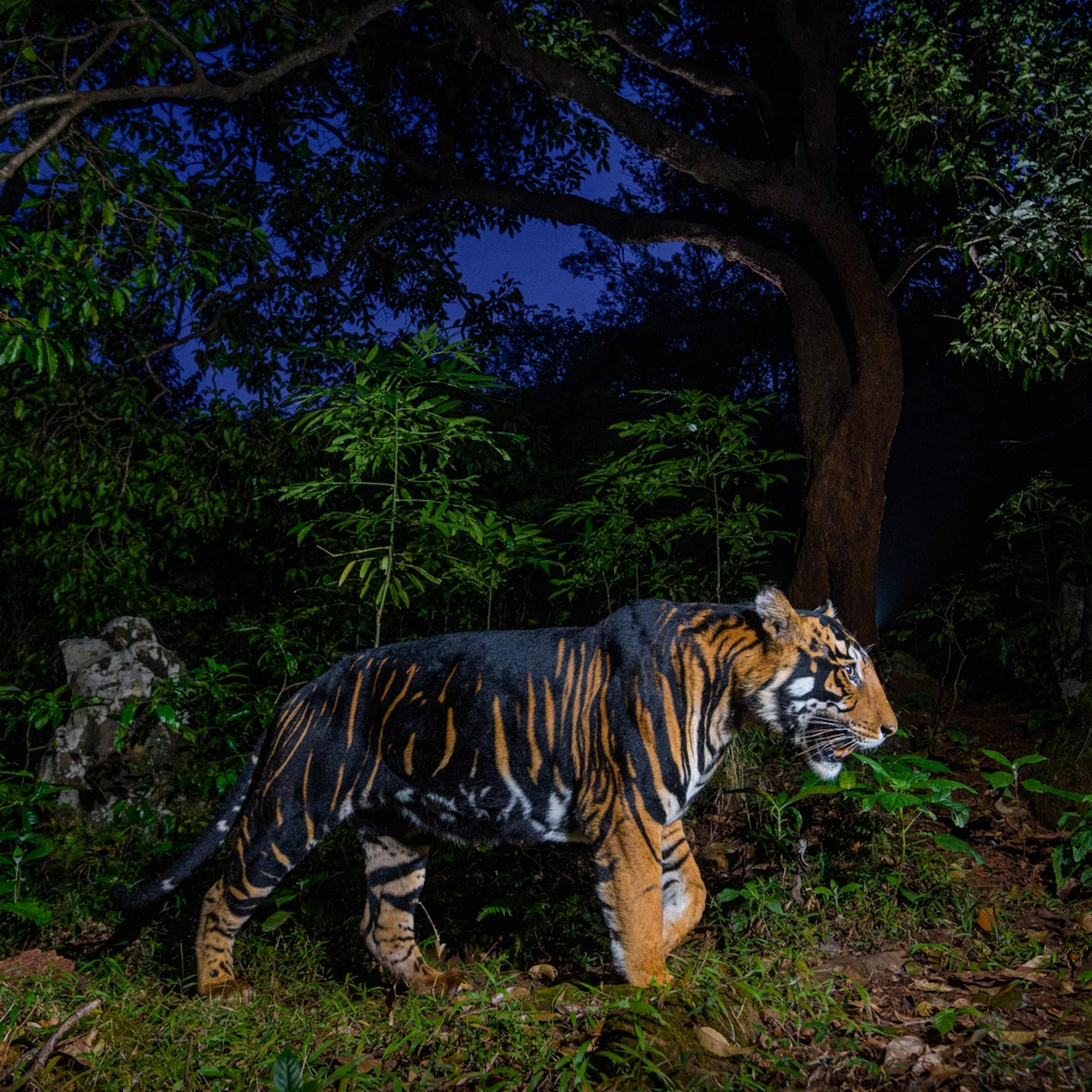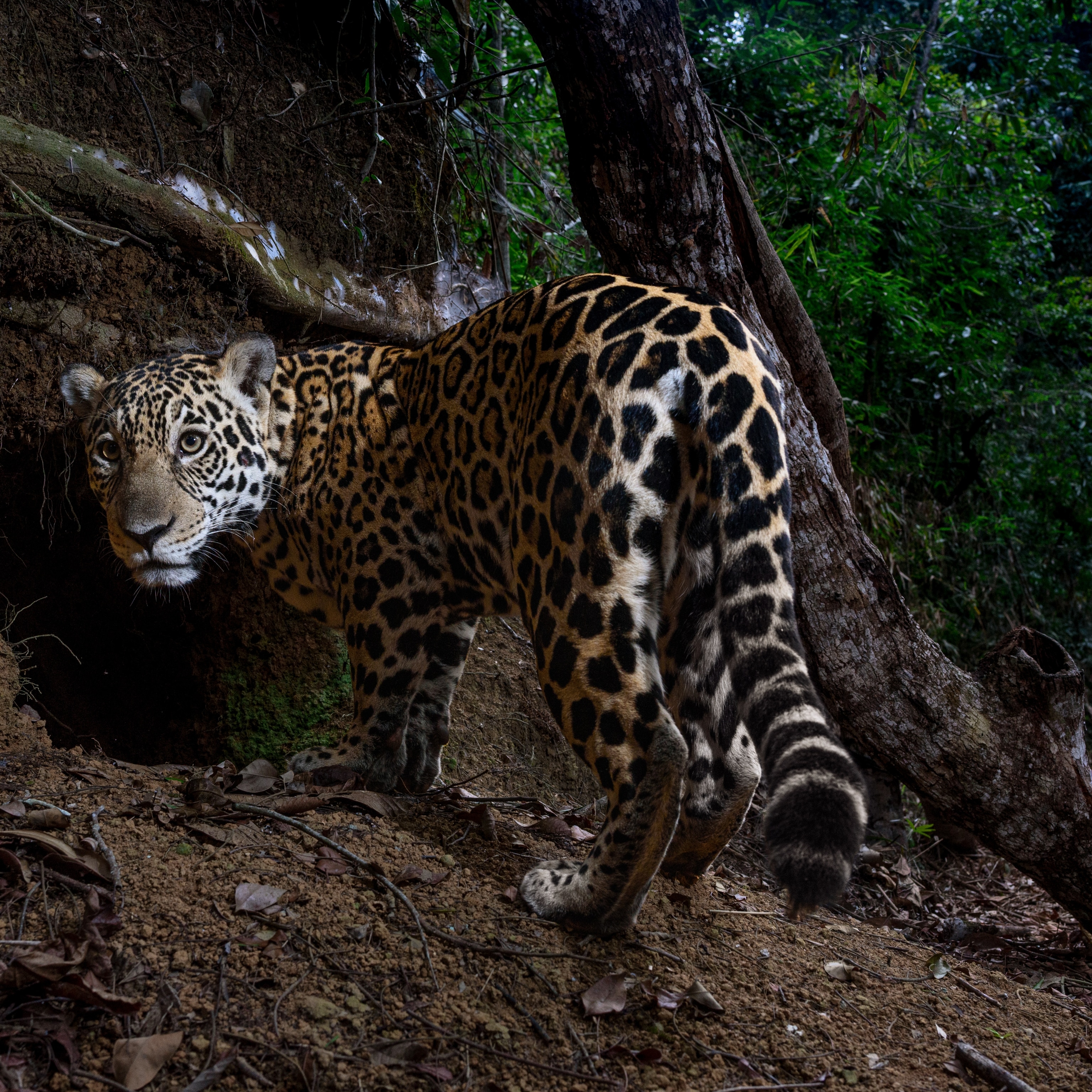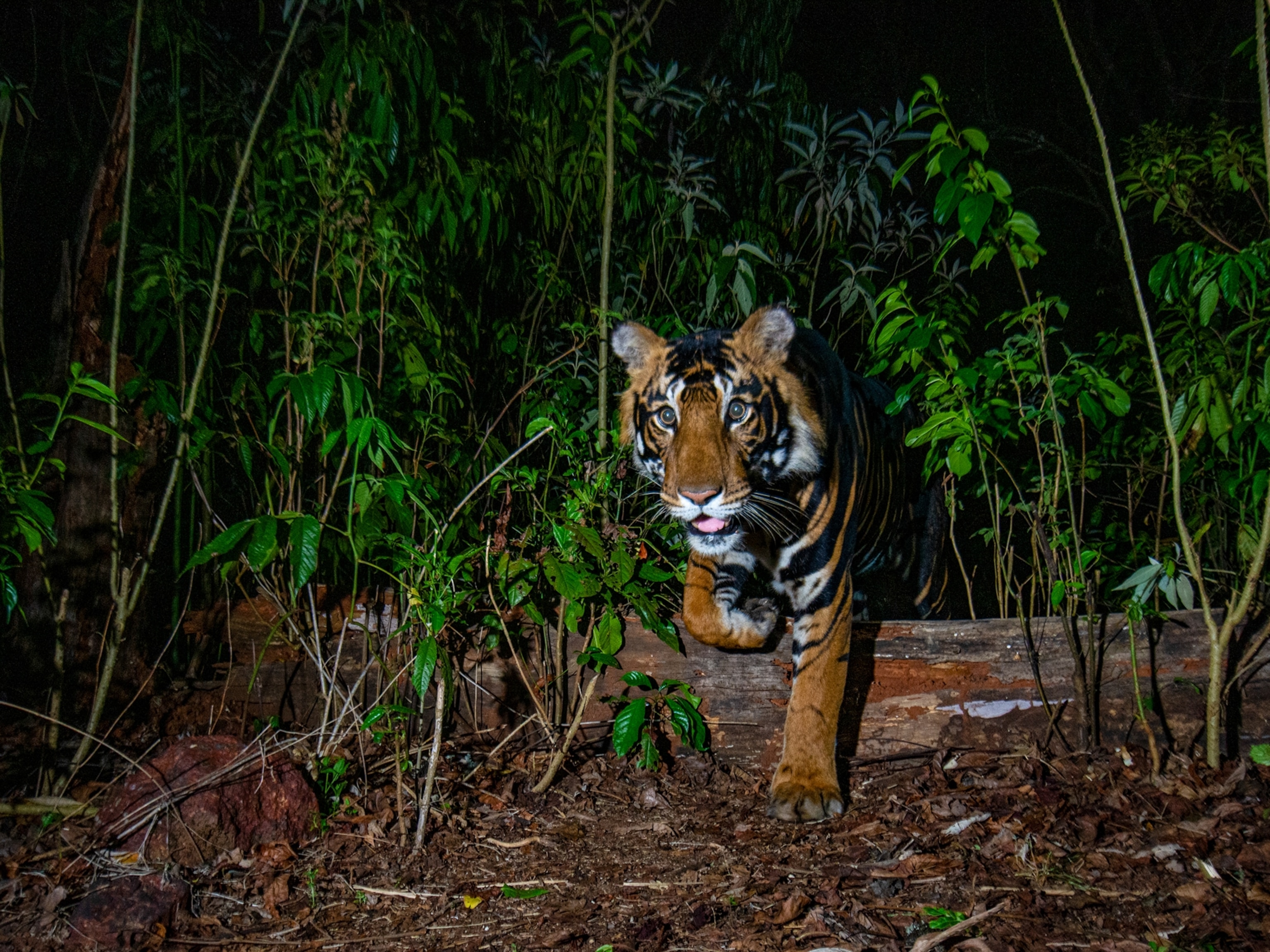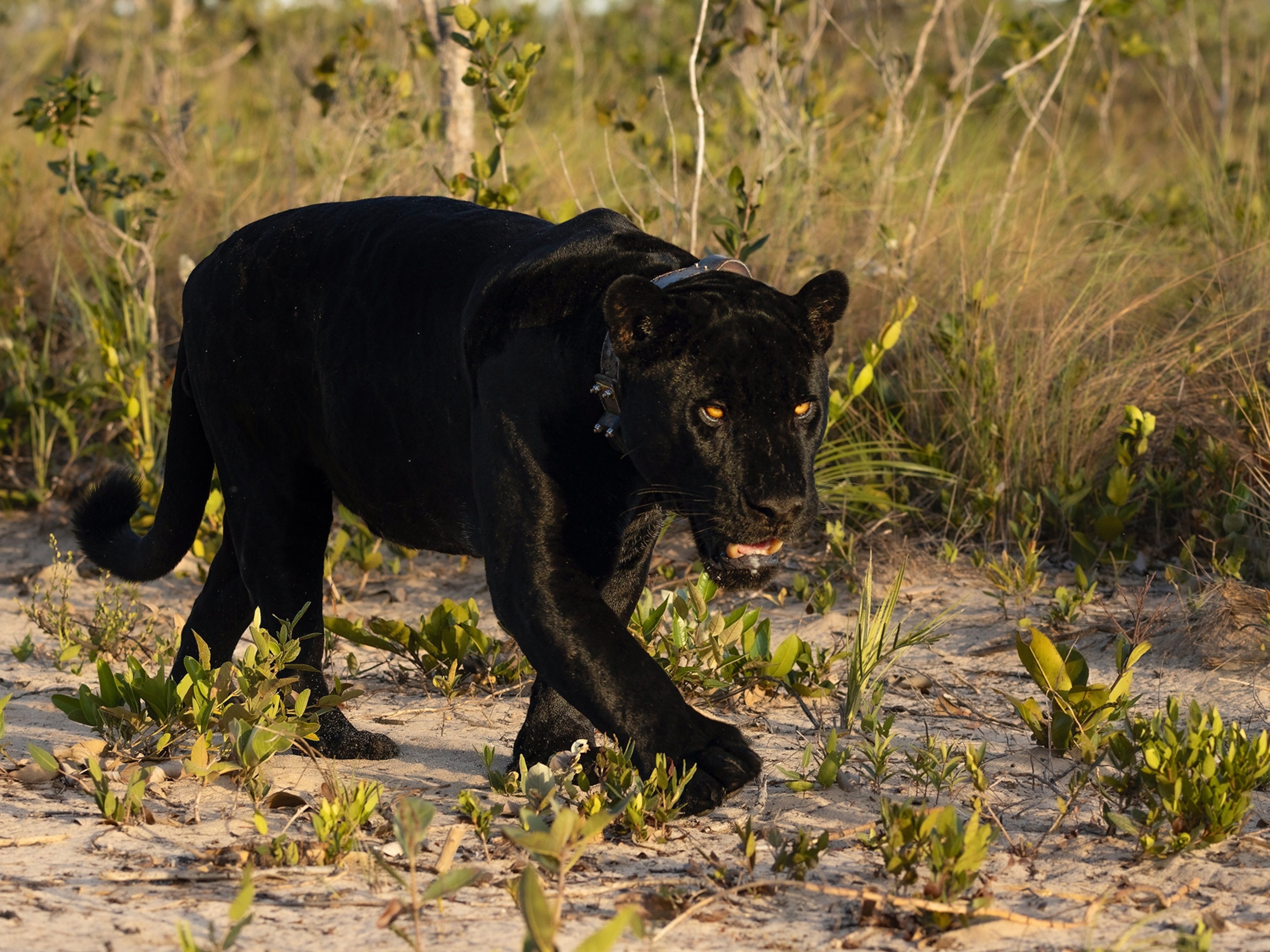Tiger Numbers Rise for First Time in a Century
Tiger range countries are on their way to their goal of doubling the animal's population, but challenges remain.
At last—some good news for tigers. Driven largely by conservation successes in India, Russia, and Nepal, the global population of tigers in the wild has shown a significant increase in the past few years, the World Wildlife Fund (WWF) reports in a new survey. The report comes as national leaders meet in India to discuss next steps for saving the iconic—and highly endangered—species.
The study estimates that there are now 3,890 wild tigers, up from 3,200 in 2010, when countries announced a historic commitment to double the population by 2022. Countries appear to be heading toward their goal, and this is the first time tiger numbers have been increasing globally in more than a hundred years.
"We're positively surprised by the numbers, which validate what we thought has been happening thanks to conservation efforts," says Ginette Hemley, senior vice president for conservation at WWF.
The conservation group compiled the data based on rigorous national surveys conducted by several countries, including India and Bangladesh, as well as on estimates by independent scientists from the International Union for the Conservation of Nature, the world’s authority on biodiversity conservation. Such estimates were necessary in countries where no formal tiger surveys have been done, including China, Indonesia, Malaysia, and Myanmar.
"This report shows great momentum, but I would caution people in thinking that we’re on an unchangeable path toward recovery," says Luke Dollar, who manages the Big Cats Initiative for the National Geographic Society. "The stakes continue to be great and tigers remain at risk of global loss."
Success Stories
Several countries have seen growth in tiger numbers. Two are India and Russia, which are also places where Dollar says National Geographic's Big Cats Initiative has been conducting studies and sponsoring conservation projects.
Two-thirds of the world's tigers live in India, where they’ve increased from 1,706 to 2,226 during the past five years. The country has stepped up anti-poaching patrols and offers compensation to farmers or villagers who experience injury or loss from tigers, as a means of preventing retaliatory killings. India has also invested in sustainable tourism around tiger reserves, a model that seems to be working so well that officials are talking about expanding the reserve system.
"India is investing unprecedented resources in tigers, and now we can see those investments are paying off," Hemley says. (Learn more about tiger conservation in India.)
A similar situation is seen in Nepal, where tigers have rebounded by 60 percent, to 198, thanks to efforts to curtail poaching. Tigers have also shown growth in Russia (from 360 to 443) and Bhutan (from 75 to 103), thanks to strong commitments from those national governments, according to Hemley.
Trouble Spots
In Bangladesh, the number of tigers counted fell from 440 to 106. But Hemley believes that’s likely because a new government survey yielded a more accurate count rather than because there was an actual decline in tiger numbers.
At the low end of the spectrum, the new report estimates only seven wild tigers in China, five in Vietnam, two in Laos, and none in Cambodia.
Dollar says that in these countries “tigers are essentially done,” adding that “we still can't afford to write them off."
Indonesia and Malaysia are important to the long-term survival of the species, Hemley says, but those countries are besieged by poaching and development—often illegal—that degrades tiger habitat. Neither has yet conducted a national survey, and estimates are rough: 371 tigers in Indonesia, 250 in Malaysia.
Trade in tiger products is banned in most of the world, and yet a black market persists. For tigers to assuredly get on more stable ground, demand for their skins and other parts must be curtailed in Asia, particularly China, the report advises. WWF and others have been working on awareness campaigns, as well as on efforts with law enforcement to step up prosecution of traffickers.
India and Nepal have shown considerable progress in reducing the number of tigers smuggled out, in part by sharing resources across borders, Hemley says.
Conservationists have worked with leaders of Traditional Chinese Medicine to reduce the amount of tiger products going into treatments, which scientists say don't work anyway. At the same time, however, new black markets have emerged in China for shampoos, tonics, and tchotchkes made of tigers, often as status symbols.
India has also shown how development can benefit people while minimizing impact on tigers, the report notes. Roads have been routed around reserves, and engineers are designing tunnels and overpasses to help tigers move through the landscape with fewer risky interactions with people.
The overall message is one of cautious hope, Hemley says. "The fact that tiger numbers are up is significant, but we still have a long ways to go."
The first step, Luke Dollar says, is to see a "doubling down" on conservation commitments by leaders in India this week at the 3rd Asia Ministerial Conference on Tiger Conservation. Cooperation on tigers between countries is a plus, he says, because it can also serve as a bridge toward cooperation on other issues. "In saving nature, we are often saving ourselves."
Read more stories about wildlife crime and exploitation on Wildlife Watch. Send tips, feedback, and story ideas to ngwildlife@natgeo.com.


